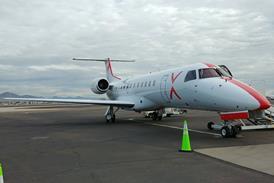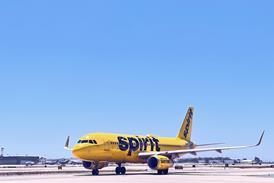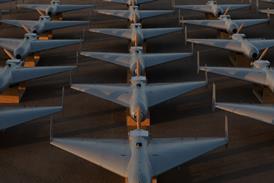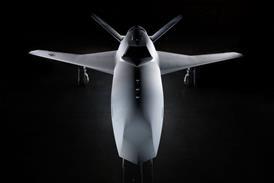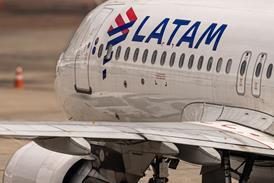STEWART PENNEY / LONDON
BAE Systems, Elta and Thales offers start contest; EADS and Saab Avionics may follow
BAE Systems, Elta and Thales have responded to a UK Ministry of Defence request for bidders to build the next generation of electronic warfare (EW) self-protection systems for the Royal AirForce's Panavia Tornado GR4 fleet.
The Modular Defensive Aids Subsystem (MoDAS) requirement is in its initial stages, with the programme intended to lead to service entry in 2007. MoDAS will provide radio frequency and infrared countermeasures, although electronic countermeasures are the most urgent need.
Industry sources say EADSand Saab Avionics may also bid, while Raytheon, an expected contender, says it will not take part. The MoD Defence Procurement Agency (DPA)says it has "received healthy and international responses".
MoDAS will replace the Marconi Sky Shadow pod used on the Tornado. DPA says a new system should use the Sky Shadow mounting points, but it is unclear whether the same pod will be specified.
The new system will be modular to allow incremental acquisition, while retention of a podded system will allow "a mission-specific role-fit, integrated across the fleet".
DPA expects to hold equipment assessment trials next year, for which companies will be invited to tender this year. After the trials, a downselect will be made.
There is speculation that some pods could be acquired after the evaluation to provide an early operational capability and later upgraded to full operational capability.
BAE is expected to use MoDAS as the first programme bringing together EW equipment from its US operations, which include the former Lockheed Martin Sanders business and its UK-based Avionics group, part of which is the former Marconi EW business.
Thales will lead the bid through its UK-based EW business, but is understood to be planning to include US equipment and items from the rest of the group.
Israel Aircraft Industries' Elta subsidiary is expected to base its bid around the Tornado Self-Protection Jammer that was developed for the German air force with Daimler-Benz Aerospace, now part of EADS.
Source: Flight International


